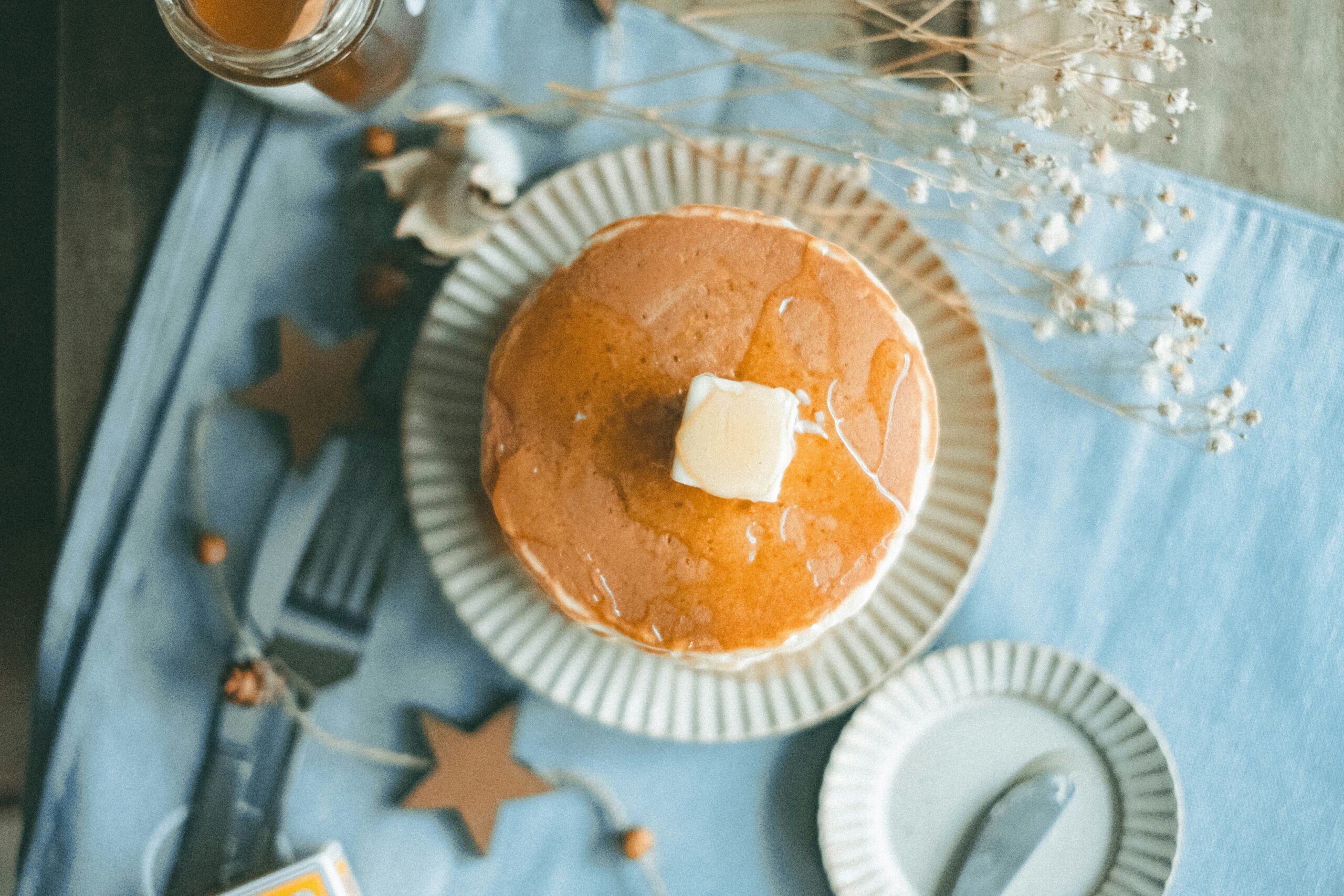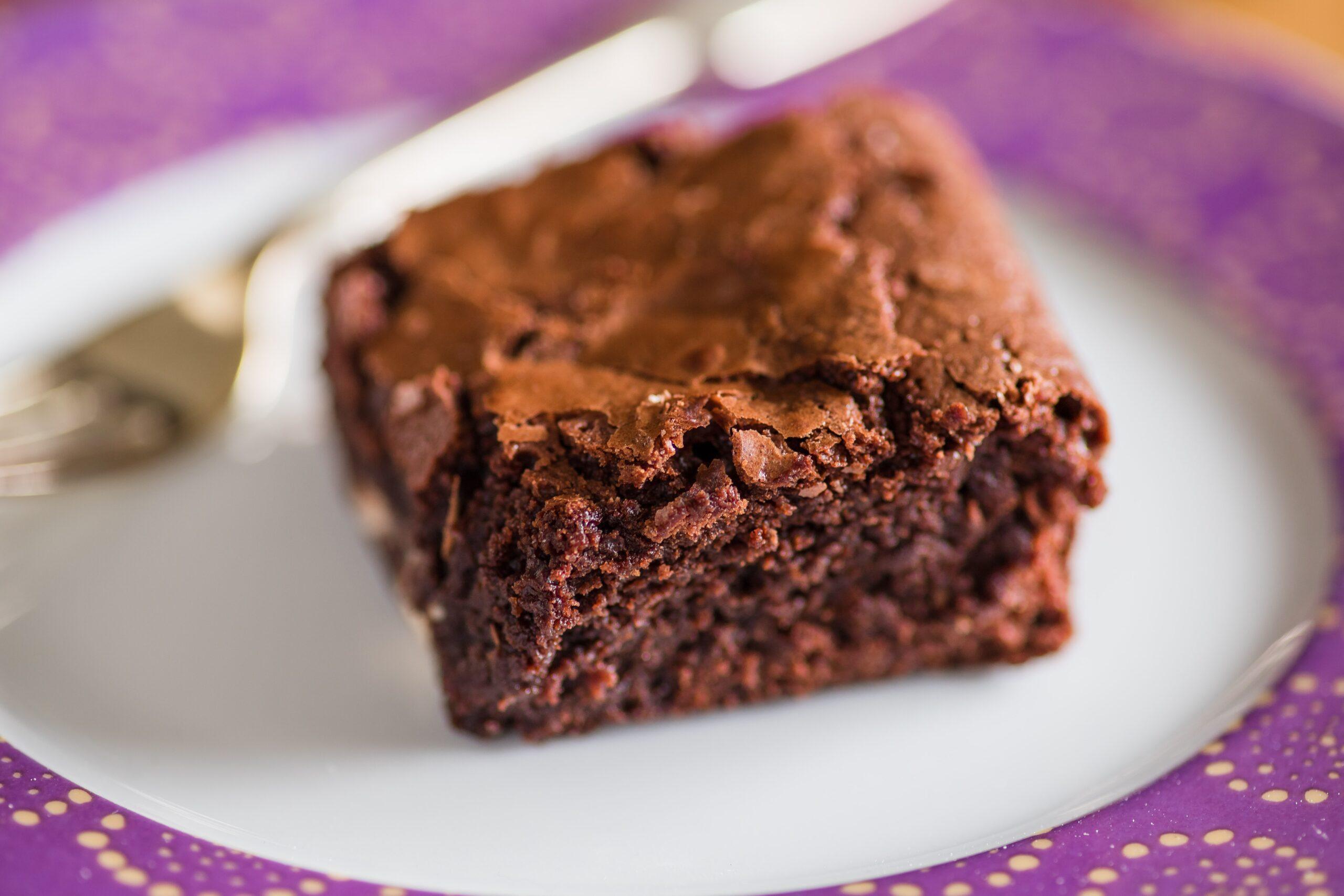Many families have plans to pack their bags this winter and celebrate the holidays away from home. But with increased traffic and inclement weather conditions, parents should take extra precautions to arrive at their holiday destinations safely.
As a parent, pediatrician, certified child passenger safety (CPS) technician and author on the subject, I recommend the following tips to help families enjoy their winter travels out of harm’s way.
Sit safely.
Keep your child facing the rear of a car while in a five-point harness for as long as possible, or until the child no longer fits within the weight and height limits of the car seat.
Make sure you have a car seat that properly fits both your car and your child.
Test the seat in your car before purchasing it. I also recommend investing in a car seat that offers side impact protection. Look for features such as adjustable head support and deep side and head wings made out of energy-absorbent material to minimize lateral head movement in a crash. To see examples of seats with side impact crash protection features, visit www.britaxusa.com.
Get checked.
It is estimated that at least 80 percent of all car seats are installed and used incorrectly. Have a certified CPS technician check your child’s seat. Visit www.nhtsa.dot.gov for a list of child safety seat inspection stations by zip code.
Don’t over-bundle your bundle of joy.
Although it’s important to dress your child in warm clothes during the winter, thick winter coats and snowsuits can significantly loosen a car seat’s straps and compromise your child’s safety. In order for a car seat or booster seat to function correctly, the straps need to remain tight against a child’s chest. When placing your child in a car seat, remove his or her coat or snowsuit. For extra warmth, put a blanket on top of the child after he or she is already in the car seat.
Pack travel safety gear.
During the winter months, certain items are particularly useful to have on hand for any road trip: a cell phone, an ice scraper, a brush, a tow rope, cat litter to use for traction, blankets, sweaters, sleeping bags, food, bottled water, spare batteries, a first-aid kit, a candle, a flashlight, matches, a portable weather radio and a can of lock de-icer. For the little ones, pack extra necessities like diapers, wipes, powdered formula and a couple of books and toys.
Drive wisely.
In bad weather, reduce your speed to match the conditions, but maintain enough momentum to keep moving. Allow at least three times more space than usual between you and the car in front of you. Also remember to brake gently on snow or ice. If your wheels lock up, ease off the brake. Turn on your headlights and keep them and your windshield clean.
Fuel yourself.
Confirm your car has more than enough gas to get you where you need to go (and back), as things may prevent you from getting gas en route to your destination. It’s also a good idea to take along a day’s worth of high–energy, nutritious food for the family in case you are stranded. Definitely bring drinking water and keep it in the passenger compartment. It might freeze in the trunk.
Don’t check safety at the gate.
For airplane travel, secure a child under 2 years old in an FAA-approved car seat to keep him or her safe during takeoff and landing. The seat also protects the child should any in-flight turbulence arise. For families with infants, travel systems can make taking a car seat through the terminal much easier and offer storage space. You can then gate-check the stroller as you board the plane.
By planning ahead and taking a few precautionary measures, you’ll be able to sit back and enjoy the ride.




